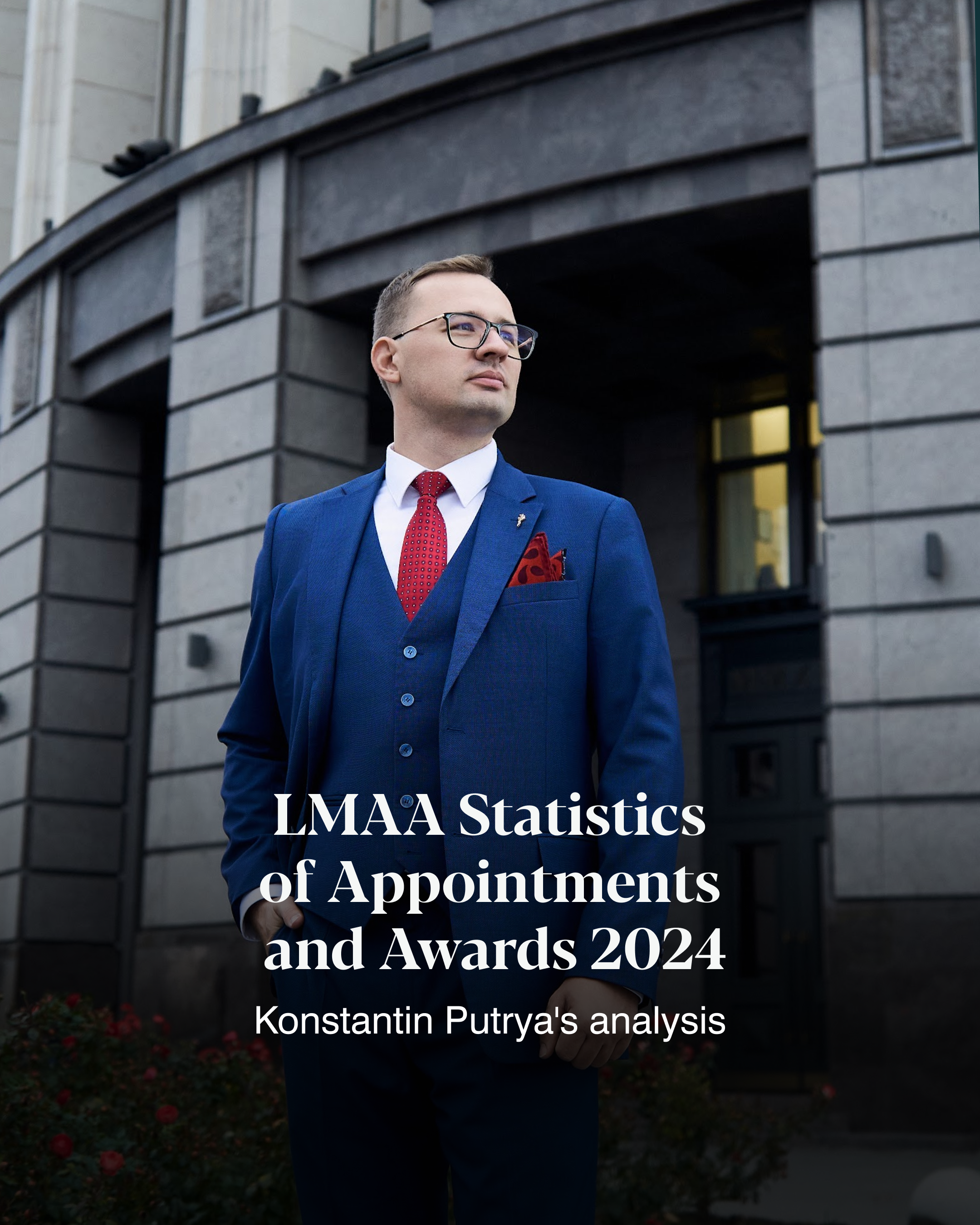Our partner Konstantin Putrya comments on the recently published 2024 LMAA statistics on tribunal nominations and arbitral awards and how they highlight key trends in maritime arbitration (see the statistics here https://lmaa.london/wp-content/uploads/2025/03/Statistics-up-to-2024-for-publication.pdf).
First and foremost, the stability and strong demand for the LMAA arbitration (with 3,006 arbitrator appointments in 2024) may be noted. It confirms the high level of trust in the LMAA as a leading forum for the resolution of maritime disputes. The data also demonstrates the efficiency of documents‐only proceedings compared to proceedings with oral hearings (only 75 oral hearings were held, with 478 awards in total). The former has obvious time and cost advantages. The small claims procedure remains popular, though it is unfortunate that the LMAA does not publish statistics on the nature of disputes and jurisdiction of the parties.
Another notable trend is the overall acceleration of proceedings, which is seen in the relatively low proportion of oral hearings (about 15% of all awards) and the growth of complex cases (75 awards following an oral hearing). I believe the LMAA is likely to maintain its position as the leader in maritime arbitration in the near future, but competition will increase, particularly with the institutional arbitration and arbitration centres from in the Asia-Pacific region.
This data may also be of particular interest when considering the LMAA as a forum for resolving construction-related disputes in the maritime industry, such as shipbuilding cases. Although the LMAA is not a traditional forum for construction arbitration, such cases are heard under the LMAA terms. Moreover, the procedural efficiency of documents-only proceedings may be critical for construction contracts where time and costs are important. Minor disputes related to delays in delivery or construction can be resolved quickly and cost-efficiently under the small claims procedure. Likewise, the expedition of proceedings is highly relevant as delays in construction often result in cascading losses. In general, the LMAA terms and procedures are very well refined.
It is also worth noting the growing role of mediation over the past three years. Mediation may become a strategic choice not only in construction-related disputes but also in major maritime cases, where preserving long-term commercial relationships is often more important than obtaining a favourable award. This could encourage companies to incorporate multi-tiered dispute resolution clauses (including mediation) into their contracts, especially in long-term infrastructure projects such as port construction. Nevertheless, in my opinion, the effectiveness of mediation remains a tricky question today.
To conclude, the 2024 LMAA statistics reaffirm that arbitration remains the gold standard in maritime dispute resolution. However, the future lies with hybrid mechanisms that combine arbitration, mediation, and expert evaluation. Companies should consider integrating these tools into their contracts, but the final choice will depend on a number of factors and require careful consideration.
You may also read the commentary in Russian here https://t.me/disputeresolutionclub/650.
